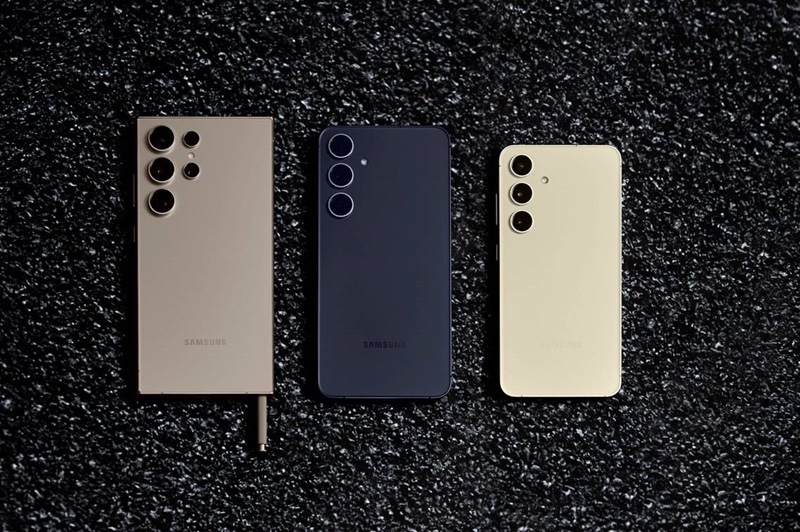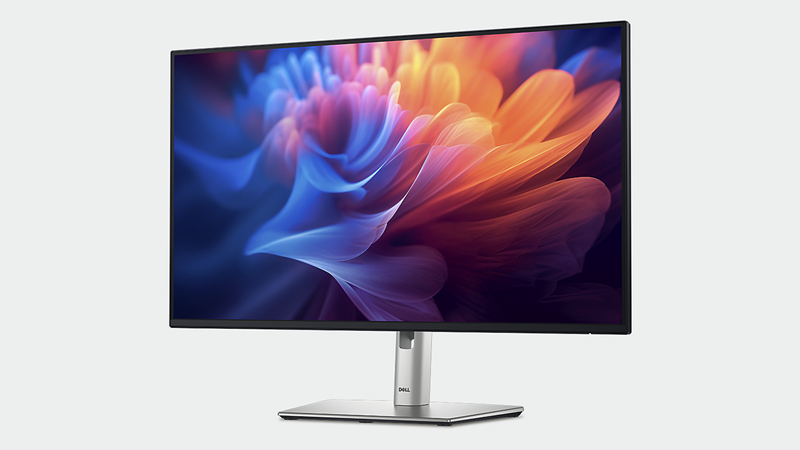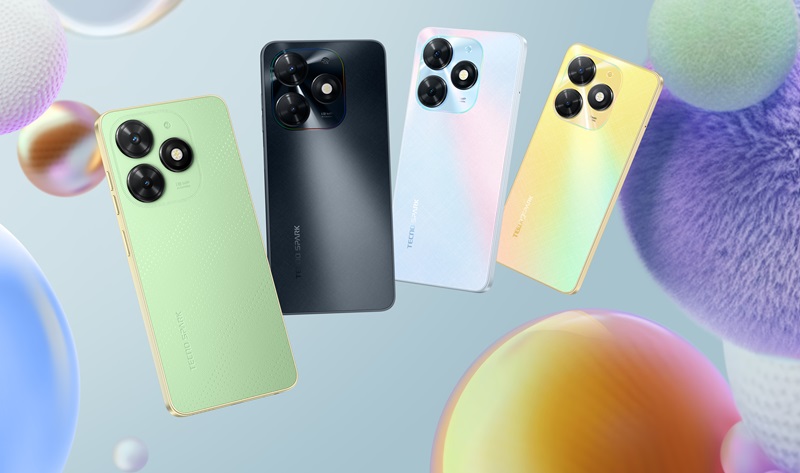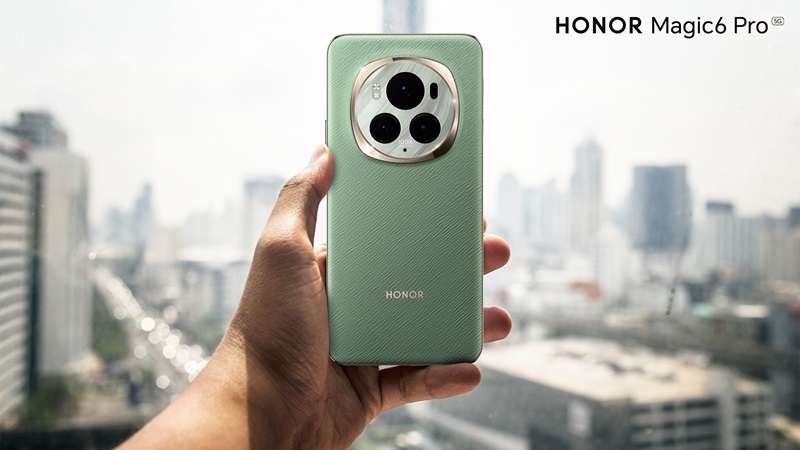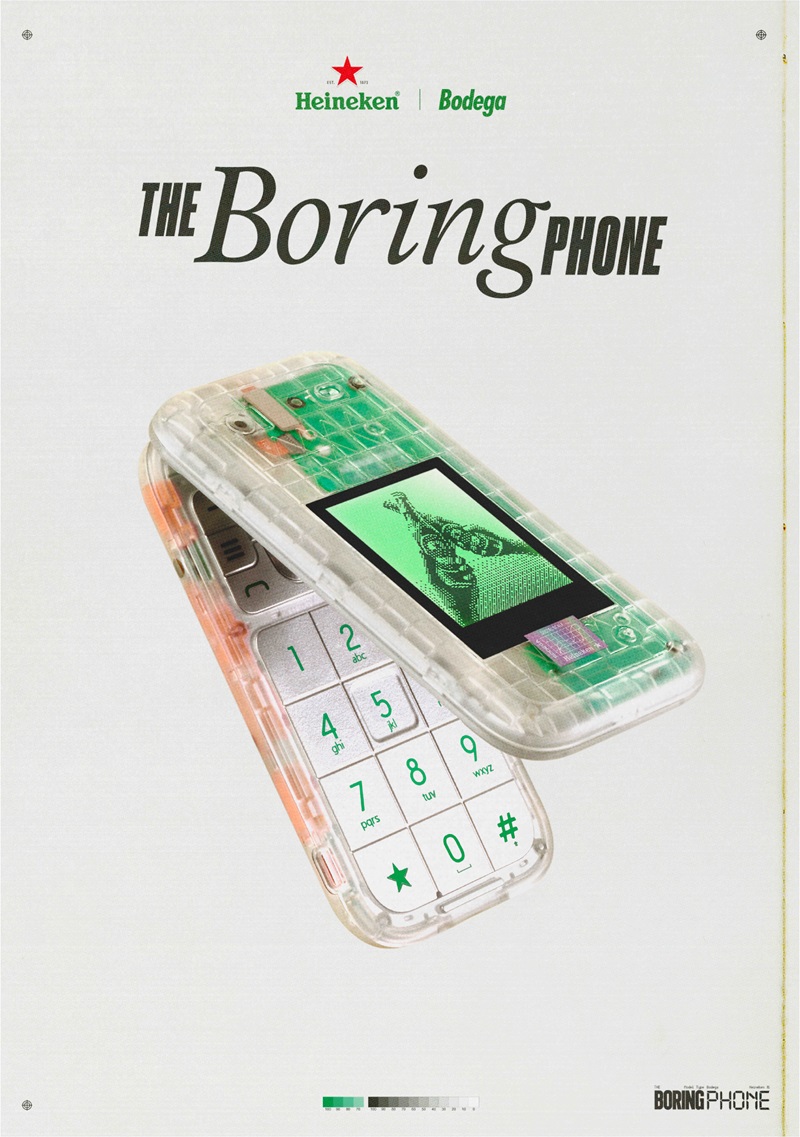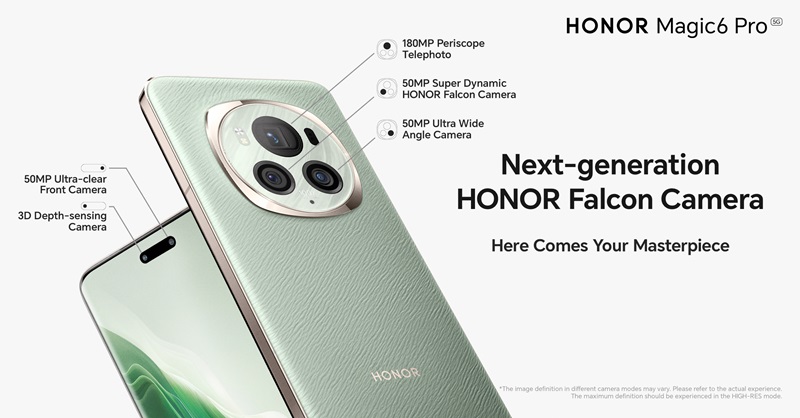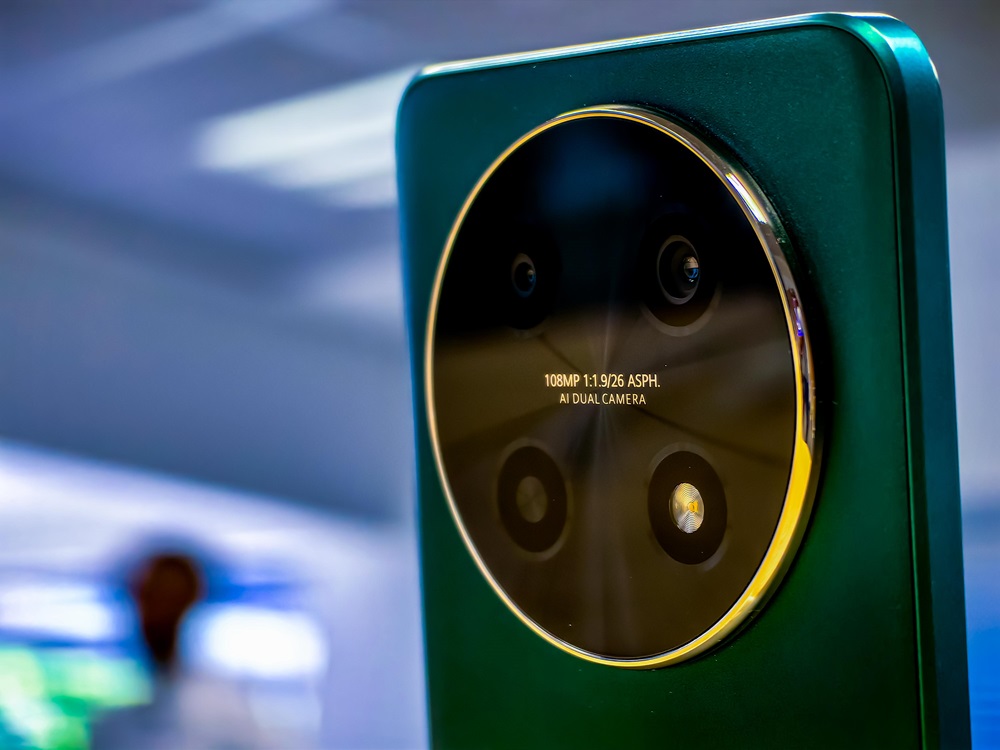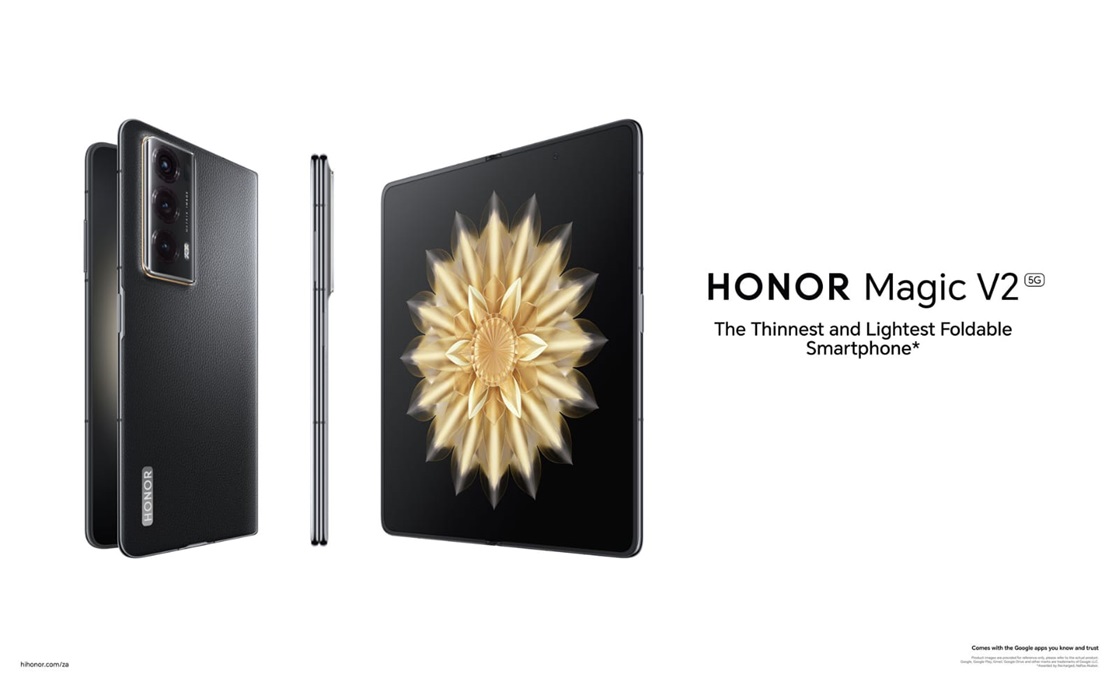Samsung remains industry leader in battery safety through 8-Point Battery Safety Check
Smartphones are constant companions that most people rely on for both personal and professional use. Daily use covers anything from chatting on WhatsApp, playing games, watching videos to sending e-mails and connecting to social media. Busy lifestyles and heavy data usage mean that battery life is of the utmost importance.
To ensure you get the most out of your battery and device, Samsung’s enhanced multi-layer safety protocol was formalised and implements the strictest safety standards on every element of devices, including the overall design and materials used, device hardware strength and capabilities, and improved software algorithms for safer battery charging temperature, current and duration.
“Product quality is top priority at Samsung and the measurements that have been put in place ensure that the company has the safest smartphone in the market and remains the industry leader in battery safety. Our enhanced 8-Point Battery Safety Check addresses safety from the component level to the assembly and shipment of devices. Included in the check are enhanced tests (Durability Test, Visual Inspection, X-Ray Test, Disassembling Test and OCT Test), as well as newly applied measures which include Charge and Discharge Test, TVOC Test and Accelerated Usage Test,” says Craige Fleischer, Vice President of Integrated Mobility at Samsung Electronics South Africa.
If you aren’t aware of how best to care for and manage your battery, it could die on you when you need it most. Avoid this nightmare scenario with these three quick tips to maintaining your battery’s health:
- Keep your smartphone’s battery charged above 50 percent. One full drain a month is allowed for calibration purposes but anything more than this will shorten your battery’s lifespan. The other extreme holds true as well. Technically you should not be charging your phone for extended spans of time so overnight phone-charging is a big no. Though most chargers are designed to curb charging once your phone is full, you should avoid charging it to 100 percent and then leaving it connected to a charger. Overall, and for optimal long-term results, you should keep your phone charged between 40 and 80 percent at all times.
- Your smartphone is not indestructible. Do not leave it in spaces of high heat. That includes setting it next to your bronzed body as you sunbathe, or leaving it next to the stove while you cook a Sunday roast. It doesn’t matter if your phone is off, the heat will cook your battery. This is because your phone is most comfortable at 0°degrees Celsius. Once consistently in higher temperatures, you risk losing anything from 20 to 35 percent per year so it is important to be mindful about where you leave it.
- The best method to charge a smartphone is by directly hooking it into a wall, using its original charger, as opposed to connecting it to your computer or the car’s USB adapter. That way it will charge faster, safer and reward you with many more years to come.
Provided by Samsung SA



